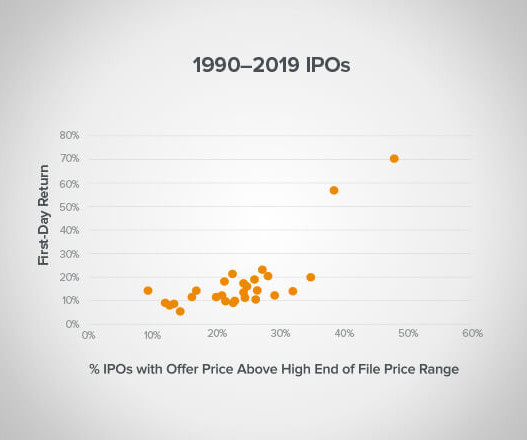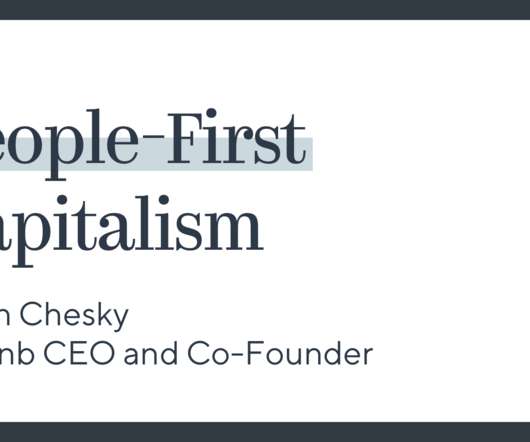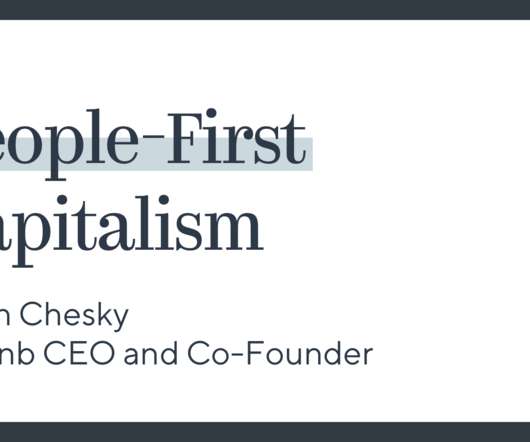Is the Lean Startup Dead?
Steve Blank
SEPTEMBER 5, 2018
As a reminder, the Dot Com bubble was a five-year period from August 1995 (the Netscape IPO ) when there was a massive wave of experiments on the then-new internet, in commerce, entertainment, nascent social media, and search. Massive liquidity awaited the first movers to the IPO’s, and that’s how they managed their portfolios.






























Let's personalize your content